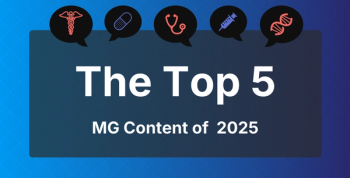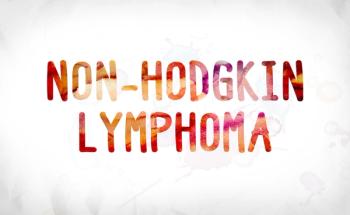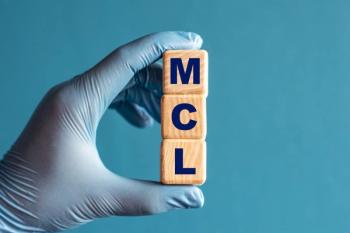
Identifying Patients at High Risk of Myeloid Neoplasms After CAR T: Implications for Care, Surveillance
For chimeric antigen receptor T-cell therapies (CAR T) approved to treat B-cell lymphoproliferative disorders and multiple myeloma, more data are needed on the effects of posttreatment myeloid neoplasms to optimize patient counseling, risk stratification, and surveillance.
Although myeloid neoplasms (MNs) are a known potential adverse effect of
Findings from this analysis of incidence rates and factors associated with MNs following CAR T were published online today
Overall, 20 patients—60% female patients, median (IQR) age, 67 (52-76) years—had developed MNs following CAR T infusion by a median 10 (5018) months. This was seen with a median follow-up of 14 (6-23) months. Measuring incidence rates of post–CAR T MNs at 1, 2, and 3 years after infusion, the investigators saw comparable rates of 4%, 6%, and 9%, respectively, between the patients treated for LPDs or MM.
Clonal hematopoiesis was seen in 64% of the patients who developed MNs, with TP53 and PPM1D being the primary genes involved.
Univariate analysis showed a higher risk of developing MNs if the patient was older, at 65 years or more vs younger than 65 years (HR, 4.99; 95% CI, 1.81-13.76; P = .002); had a low platelet count, at more than 140,000/mcL vs 140,000/mcL or less (HR, 3.69; 95% CI, 1.34-10.18; P = .01); and had a low hemoglobin level, at 9 g/dL or less vs more than 9 g/dL (HR, 2.96; 95% CI, 1.21-7.25; P = .02).
Four additional pairwise multivariate analyses were conducted to evaluate the effects of age 65 and older/hemoglobin level of 9 g/dL or less (Model A), 65 years and older/platelet count of 140,000/mcL or less (Model B), hemoglobin level of 9 g/dL or less/ platelet count of 140,000/mcL or less (Model C), and CAR-HEMATOTOX score of 2 or higher/age 65 and older (Model D).
Only Model B (65 years and older/platelet count of 140,000/mcL or less) was favored by concordance index (0.776), a tool that evaluates prediction model performance. Having 1 factor indicated intermediate risk of developing MNs (4 cases per 100 person-years) and having the 2 factors, high risk (27 cases per 100 person-years); 16% of the patients were considered high risk and 48%, low risk (P < .001). There were more than 80 years of follow-up with this model, and no post–CAR T MNs were seen among the low-risk patients (43%).
Limitations of these findings include that a direct link between CAR T and development of MNs was not possible because the authors noted that every patient had a history of prior cytotoxic therapy, the use of next-generation sequencing prior to CAR T is still considered an investigational method, and there was a lack of independent cohort validation.
“Furthermore, hazard ratios derived from controls reflect an enriched sample and are not generalizable,” they concluded. “Instead, incidence rates calculated from patients receiving commercial CAR T are informative. These observations require confirmation in larger multicenter or registry-based studies.”
References
- Saini NY, Swoboda DM, Greenbaum U, et al. Clonal hematopoiesis is associated with increased risk of severe neurotoxicity in axicabtagene ciloleucel therapy of large B-cell lymphoma. Blood Cancer Discov. 2022;3(5):385-393. doi:10.1158/2643-3230.BCD-21-0177
- Alkhateeb HB, Mohty R, Greipp P, et al. Therapy-related myeloid neoplasms following chimeric antigen receptor T-cell therapy for non-Hodgkin lymphoma. Blood Cancer J. 2022;12(7):113. doi:10.1038/s41408-022-00707-4
- Gurney M, Baranwal A, Rosenthal A, et al. Features and factors associated with myeloid neoplasms after chimeric antigen receptor T-cell therapy. JAMA Oncol. Published online February 22, 2024. doi:10.1001/jamaoncol.2023.7182
- Larkin S, Surette E. The CFAR-HEMATOTOX model for CAR T-cell hematotoxicity in R/R LBCL. LymphomaHub. August 16, 2021. Accessed February 21, 2024. https://lymphomahub.com/medical-information/the-car-hematotox-model-for-car-t-cell-hematotoxicity-in-rr-lbcl
Newsletter
Stay ahead of policy, cost, and value—subscribe to AJMC for expert insights at the intersection of clinical care and health economics.







































